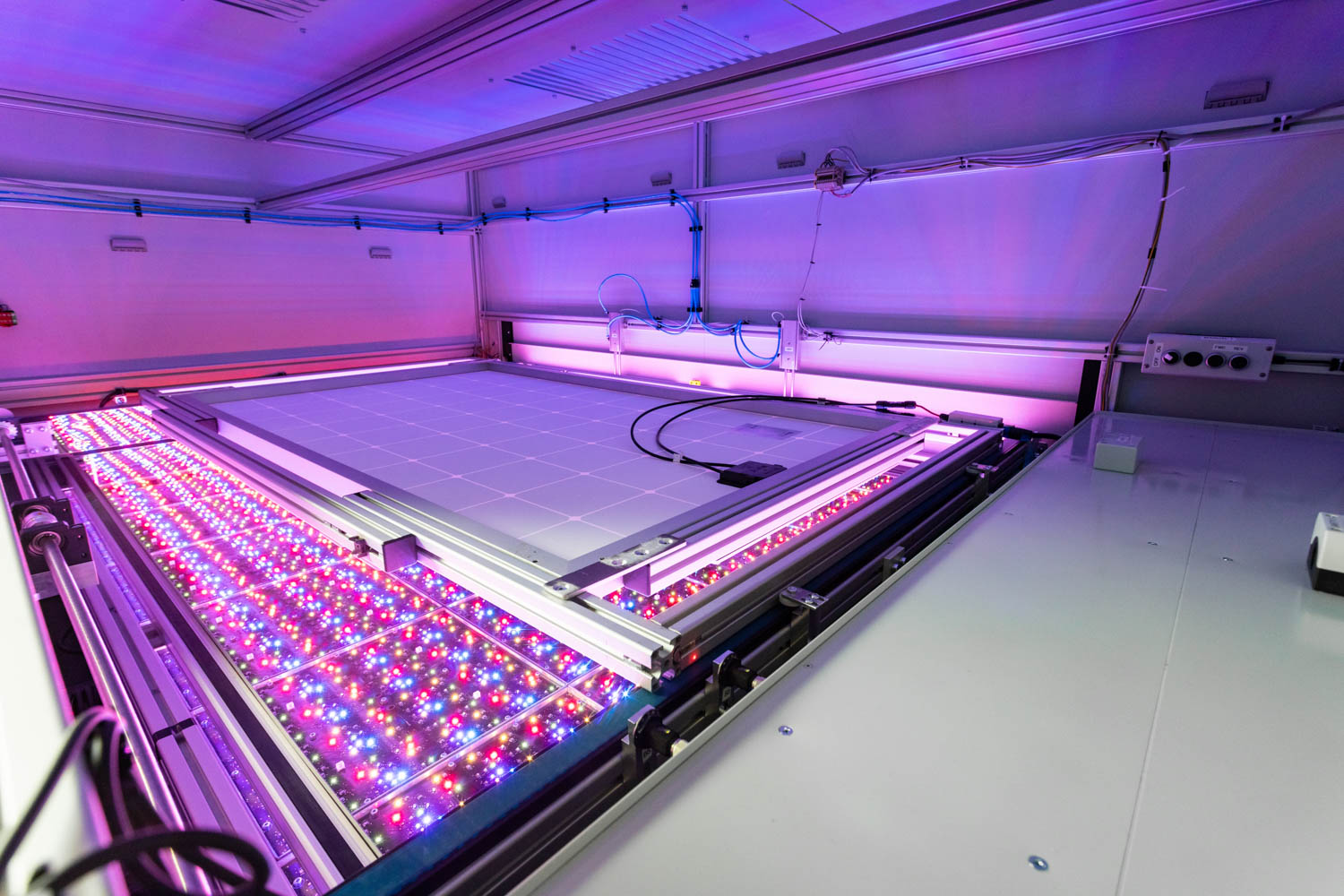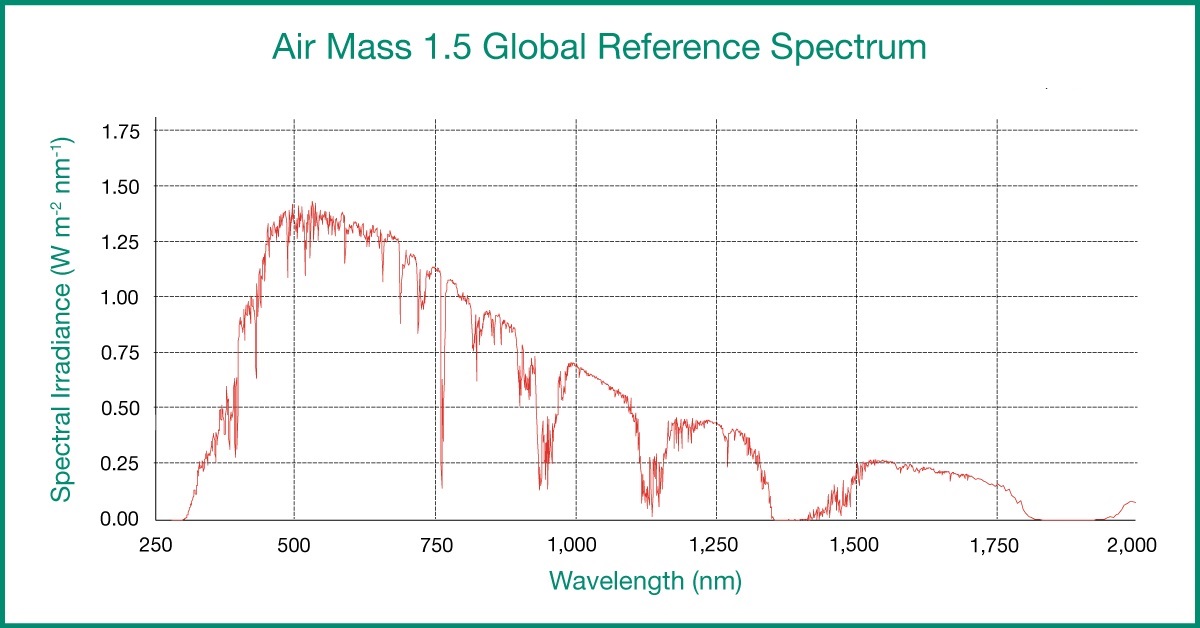This sun simulator has a sunlight-like LED light source with 36 different LED types and is designed for flash operation up to 500 ms and for continuous light operation.
An electroluminescence system with switchable filters is built into the sun simulator to measure top and bottom solar cells of tandem modules separately.
In the fields of scientific research and industrial applications, accurately simulating the conditions of sunlight is of vital importance. As a light source device capable of simulating natural sunlight, the solar simulator is widely used in multiple fields such as material testing, photovoltaic research, and biological experiments. In recent years, LED beads, as an efficient and controllable light source technology, have gradually become an important component of solar simulators, providing more flexible and efficient solutions for various application scenarios.

Advantages of LED Light Chips
High efficiency and energy conservation
LED light beads have a high luminous efficiency and can convert a large amount of electrical energy into light energy. Compared with traditional xenon lamps and halogen light sources, LED light beads have significant advantages in terms of energy consumption. When used in solar simulator, LED light beads can significantly reduce energy consumption and lower operating costs.
Controllability
The spectrum and intensity of LED light beads can be precisely adjusted through electronic control. This enables LED light beads to have great flexibility in applications that simulate specific solar spectra, intensities, and durations. Moreover, the switching speed of LED light beads is fast and the response time is short, making them highly suitable for scenarios that require frequent switching or rapid adjustment.
Longevity
The lifespan of LED light beads is usually longer than that of traditional light sources, with a lifespan of up to tens of thousands of hours. Using LED light beads in solar simulator applications can reduce the frequency of light bead replacements, lower maintenance costs, and minimize equipment downtime.

Photovoltaic research
In the research and production of photovoltaic cells, accurately simulating the conditions of sunlight is crucial for evaluating the efficiency and performance of photovoltaic cells. Traditional solar simulators mostly use xenon lamps or halogen lamps as light sources, but their spectral and intensity control are relatively complex and consume a lot of energy. LED beads can precisely simulate the solar spectra of different geographical locations and seasons by adjusting the combination of LED beads of different wavelengths, thereby providing a more accurate and reliable light source for the performance testing of photovoltaic cells.
Our High power LED series covers a wide range of wavelengths in the ultraviolet (UV), visible, and infrared (IR) SWIR LED spectra, depuis 230 nm to 1750 nm, based on reliable technological experience developed over 16 years.
You can select the suitable LED wavelength for your application, with shorter wavelength emitters available in 20 nm increments (below 1000 nm), and longer wavelength emitters every 30-50 nm (over 1000 nm).
 Module LED de simulateur solaire 200-1750 nm
Module LED de simulateur solaire 200-1750 nm
